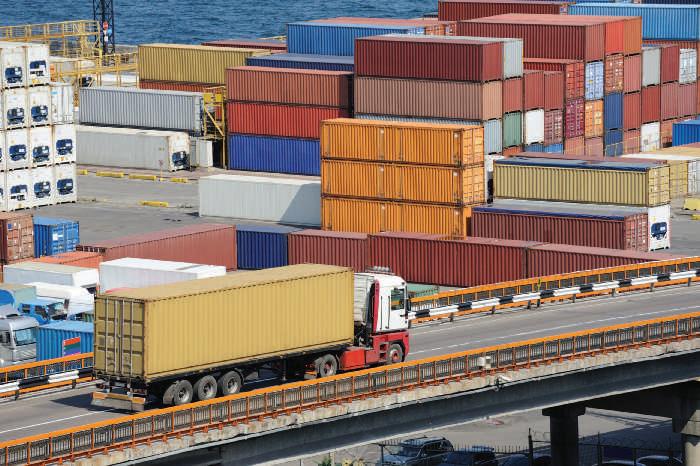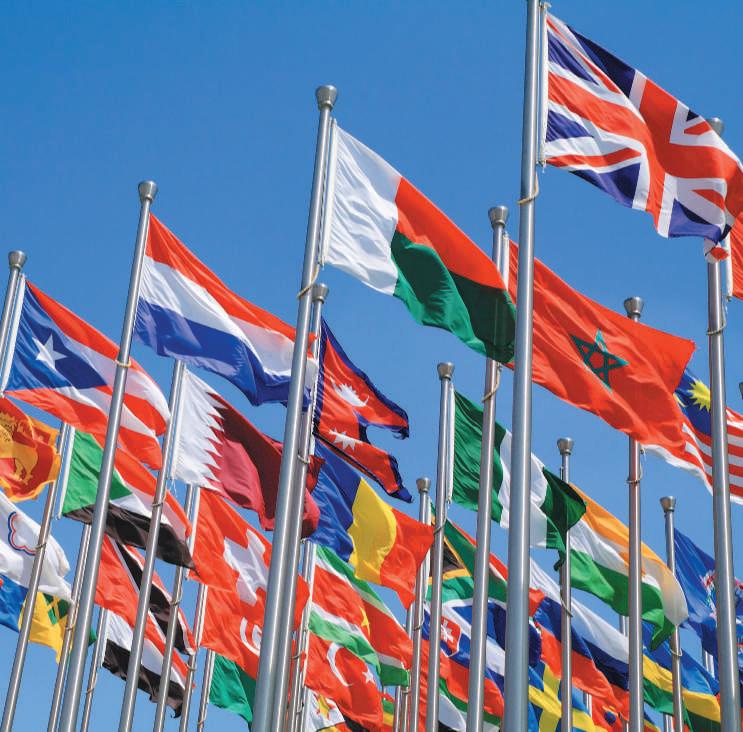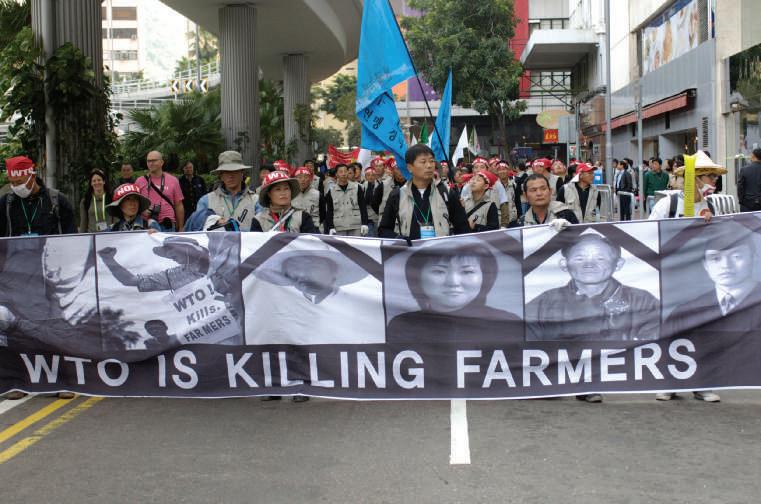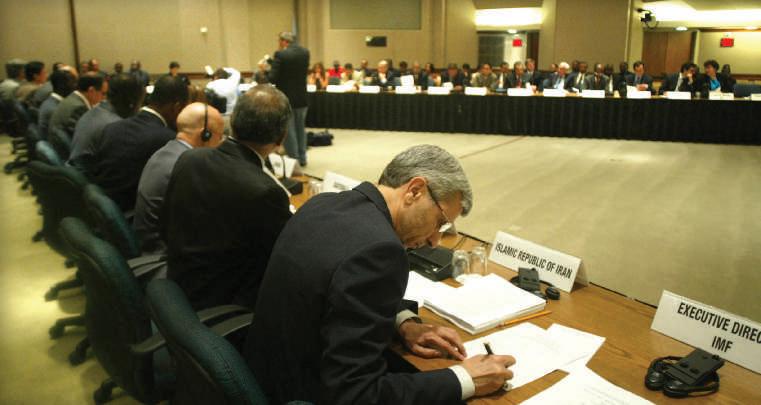Fo u r O r g a n i z at i o n al Str u ct u re s f or Glo b al B u s i n e s s
249
EXHIBIT 10.4 A F U N C T I O N A L O R G A N I Z AT I O N A L S T R U C T U R E FOR A GLOBAL BUSINESS
Europe
Manufacturing
R&D
Finance
Sales
Latin America
Asia
Europe
Latin America
Asia
© Cengage Learning 2014
Chief Executive Officer
EXHIBIT 10.5 T H E O R G A N I Z AT I O N A L S T R U C T U R E O F B O E I N G C O M M E R C I A L A I R P L A N E S
Business Strategy & Marketing
Supply Chain Management & Operations
Sales
Engineering
Finance
Commercial Aviation Services
Airline Programs
Global businesses that use a functional structure typically have a narrow product line or a highly integrated product mix, such as aircraft manufacturers or oil and gas firms. Boeing Commercial Airplanes provides an example of a global business with a functional structure. Exhibit 10.5 presents the organizational structure of Boeing Commercial Airplanes. Global businesses in the mining and energy industries also tend to have functional structures. The functional structure has several advantages. First, the functional structure promotes economies of scale. Manufacturing all products in a single plant, for instance, enables the organization to acquire the latest and most scale-intensive machinery. Constructing only one production facility instead of a separate facility for each product line reduces duplication and waste. Second, the functional structure promotes in-depth skill development of employees by providing a well-defined career ladder that allows employees to be exposed to a range of activities within their own functional expertise. Third, the functional structure encourages collaboration, efficiency, and quality within the function. Although the functional structure offers advantages to the global business, some businesses do not adopt this structure because it is not appropriate for them due to several reasons. First, there can be an inability to respond to environmental changes that require coordination between the functional areas. In these cases, the coordinating mechanisms across functions can become overloaded. Tasks become backlogged and top management cannot respond fast enough. This lack of speed in decision making has proven fatal for several global businesses, as indicated in the opening vignette of this chapter “Organizational Restructuring at Royal Dutch Shell.” Second, each employee has a restricted view of the organization’s primary goals. This can lead to local optimization at the expense of global optimization. In other words, employees may make decisions that optimize a given function (e.g., sales), but not the global business as a whole. Third, accountability is diffused because profit and loss accounts are calculated for the entire firm rather than for each function.11
10-4b Divisional Structure A divisional structure refers to one type of organizational structure in which functions are grouped together to serve the needs of products, markets, or geographical regions.
© Cengage Learning 2014
Chief Executive Officer
divisional structure
an organizational structure in which functions are grouped together to serve the needs of products, markets, or geographical regions
Copyright 2017 Cengage Learning. All Rights Reserved. May not be copied, scanned, or duplicated, in whole or in part. Due to electronic rights, some third party content may be suppressed from the eBook and/or eChapter(s). Editorial review has deemed that any suppressed content does not materially affect the overall learning experience. Cengage Learning reserves the right to remove additional content at any time if subsequent rights restrictions require it.







































